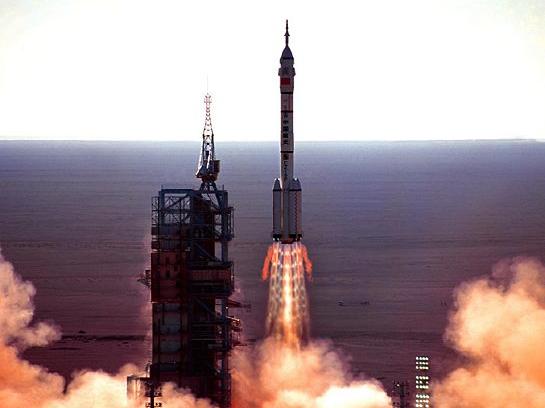March 30, 2010
This excerpt is part of a larger feature I wrote that was published by The Atlantic in November 2009. To read the introduction and access descriptions of the other eight “nations” of China, click here.

THE FRONTIER
(Inner Mongolia, Ningxia, Gansu, Qinghai, Xinjiang, Tibet)
Territory: 5,205,114 km2 (54% of total)
Population: 86 million (6% of total) * 30% non-Han minorities
Per Capita GDP: $2,928 (#6 of 9)
Exports as % of GDP: 9%
Net Trade Balance (ex-China): $3 billion surplus
The land beyond the Great Wall has long captivated the Chinese with its aura of danger and romance. Wild Mongol horsemen, silk-laden caravans, and the inaccessible mysteries of Tibet offer a thrilling contrast to the regulated confines of Chinese life. But what really set this region apart are its vast open spaces. The Frontier comprises over half of China’s territory and just 6 percent of its population—a landmass and population density similar to the continental United States west of the Mississippi. Its desolate plateaus, scorching deserts, and snow-capped mountains resemble Nevada or Wyoming more than Beijing.

China’s frontier with Inner Asia has always had enormous strategic significance. For centuries, its overland caravan routes—the famous Silk Road—provided China’s richest trade link to the outside world, while its marauding nomads posed an ever-present threat to the Middle Kingdom. To secure control, China developed an extensive network of military colonies and prison work camps, not unlike Siberia’s gulag archipelago. The region’s trackless wastes hide many of China’s most sensitive military facilities. But the Frontier’s greatest strategic value lies in its largely untapped natural resources: oil and gas from the Tarim Basin and neighboring Central Asia; rich veins of nickel, copper, and coal; dairy and wind farms on the vast open grasslands; and vineyards that may someday produce world-class wines.

The key to unlocking these resources is the railroad. By bringing in settlers and connecting them with markets back east, the railroad is transforming China’s frontier beyond recognition. But like America’s Manifest Destiny, China’s “Go West” has a dark side. The natives of China’s frontier—the Mongols, Tibetans, and Muslim Uighurs—see their land and ways of life being swept away by a flood of Han Chinese immigrants. When their anger boils over into violence, as it did last year in Lhasa and this past summer in Urumqi, the response is invariably swift and brutal. China’s West is being won, but what will be lost in the process?

Leave a Reply